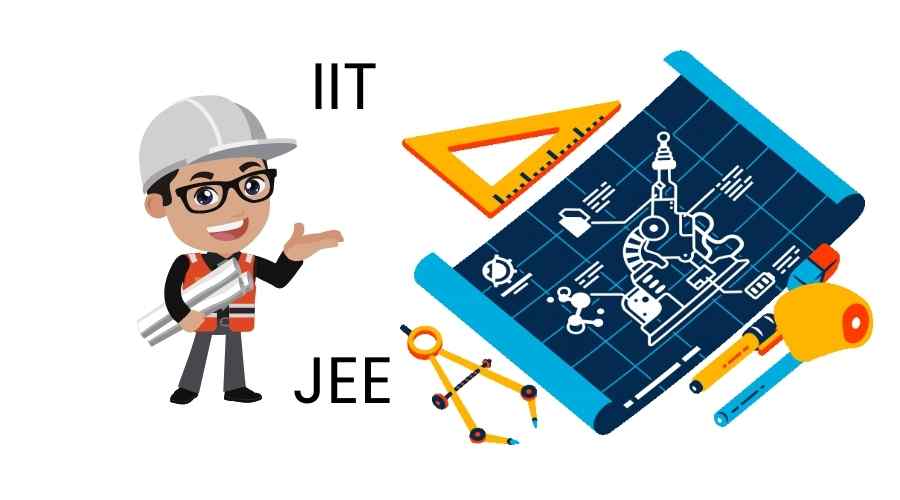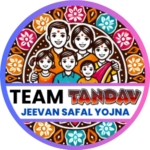The Joint Entrance Examination (JEE) Advanced, the high-stakes test determining admission to the Indian Institutes of Technology (IITs), has introduced a significant change for the 2025 examination cycle: an increase in the maximum number of attempts. Starting from 2025, candidates will be allowed to attempt JEE Advanced three times over three consecutive years, a policy shift aimed at enhancing flexibility for aspirants. This change, introduced by IIT Kanpur, the organizing body for the 2025 exam, reflects broader efforts to make the process more inclusive and adaptable to the varying needs and circumstances of students.
IIT JEE Advanced 2025 Increases Attempt Limit to Three: Impacts on Aspirants and Educational Landscape

Expanded Attempt Limit: Key Details and Rationale
The JEE Advanced exam has long restricted candidates to two attempts within two consecutive years. This rule was established to maintain rigor and ensure that only the most committed candidates pursued admission to the IITs. However, this structure has often been criticized for its lack of flexibility, especially in light of the immense pressure on students during their formative academic years. The updated policy, allowing three attempts over three years, addresses these concerns, offering students more leeway to prepare and perform at their best.
This new policy enables students who may have faced setbacks—be it academic, personal, or logistical—to have additional opportunities without compromising the exam’s integrity. The decision aims to strike a balance between maintaining high standards for entry into the IITs and recognizing the realities students face in preparing for one of India’s most challenging exams
Eligibility Criteria for JEE Advanced 2025
The increased attempt limit is accompanied by other eligibility criteria that candidates must meet. Here’s a summary of the key requirements:
- Performance in JEE Main: Candidates must rank among the top 2,50,000 in the JEE Main (B.E./B.Tech paper) for eligibility. The cutoff across various categories includes 40.5% seats open to all, while other seats are reserved based on social categories and horizontal reservation for persons with disabilities.
- Age Limit: Applicants must be born on or after October 1, 2000, with a relaxation of five years for SC, ST, and PwD candidates.
- Educational Qualification: Candidates must have completed their Class 12 examination with Physics, Chemistry, and Mathematics as mandatory subjects, either in 2023, 2024, or be taking it in 2025.
This multi-layered eligibility ensures that candidates meet specific academic and age criteria, aligning with the objective of recruiting skilled and driven individuals into the IITs
Implications for Students and Educators
The shift to three attempts is poised to have a substantial impact on students’ academic strategies and mental health. Previously, many students who faced setbacks in their first attempt often felt a sense of urgency to succeed in their second try, leading to increased pressure and burnout. By allowing an additional attempt, this new policy alleviates some of this pressure, offering students more time to balance preparation with mental well-being and other academic responsibilities.
Educators and coaching institutes are expected to adjust their training models accordingly. This change may foster longer preparation timelines for some students, encouraging a more in-depth learning approach rather than short-term, high-intensity coaching aimed solely at quick exam readiness.
Strategic Shifts in Preparation Approaches
The increase in allowable attempts could reshape preparation timelines, potentially reducing the emphasis on “crash courses” that prioritize last-minute preparation strategies. Many aspirants may now opt for a more phased and sustainable study approach, especially those balancing schoolwork with JEE preparation. This shift may lead to a stronger foundation in core subjects, improving not just examination outcomes but also the overall academic growth of students.
Parents and guardians, who play a crucial role in guiding aspirants, may also welcome this change. With reduced urgency, families may find it easier to support the emotional and educational needs of students, encouraging a balanced approach to academic and personal life—a shift that could contribute to improved mental health outcomes for many.
IITs’ Evolving Perspective on Admission Policies
The IITs, with their reputation as some of the most prestigious engineering institutions globally, have often maintained stringent entry requirements. Yet, there is a growing recognition of the diverse challenges students face. By increasing the number of JEE Advanced attempts, the IITs appear to be embracing a more inclusive approach. This move aligns with the changing landscape of education, where flexibility and support systems are increasingly seen as essential to fostering a productive and resilient student body.
Global Comparisons and Educational Trends
Many leading global institutions, especially those in Western countries, have long emphasized the importance of multiple pathways and flexible entry criteria. For instance, most American and European universities provide students with various testing options and retake opportunities, acknowledging that high-stakes exams may not fully reflect a student’s potential.
India’s higher education landscape, particularly the IITs, has traditionally adhered to a more rigid examination and admission process. However, this new adjustment is indicative of a broader shift toward modernizing and aligning with international standards, where student-centric policies are prioritized. This shift could be seen as a step towards enhancing India’s reputation in global education rankings and making its education system more appealing to a diverse range of students.
Future Outlook: Potential Impacts on IIT Admissions
While the attempt increase is generally perceived as beneficial for students, it may also pose new challenges. With more aspirants likely to persist in their IIT pursuit across multiple years, competition for limited seats may intensify. This could necessitate a further review of scoring and evaluation methods to ensure that candidates are assessed fairly over time, without penalizing those who may have succeeded on their first attempt versus those utilizing multiple attempts.
Additionally, the IITs may see an uptick in applications as more students attempt the exam in successive years, potentially leading to larger applicant pools. Managing this increase while maintaining high standards will be essential. Admission processes may require further adjustments, potentially incorporating additional criteria or secondary evaluation methods to differentiate among candidates effectively.
Conclusion
The increased number of attempts for JEE Advanced 2025 marks a transformative shift in one of India’s most revered academic pathways. This change offers hope and additional chances for students across diverse backgrounds, helping to build resilience and adaptability among aspiring engineers. By aligning more closely with the global education landscape’s flexible models, the IITs are gradually evolving to meet the demands of contemporary academia while preserving their long-standing reputation for excellence.
In the broader context, this policy shift not only impacts the lives of students and their families but also reflects a progressive vision for the future of Indian education. By nurturing young talent through a supportive and inclusive framework, the IITs are contributing to a well-rounded and robust educational system, positioning India to compete effectively on the world stage in engineering and technology.















